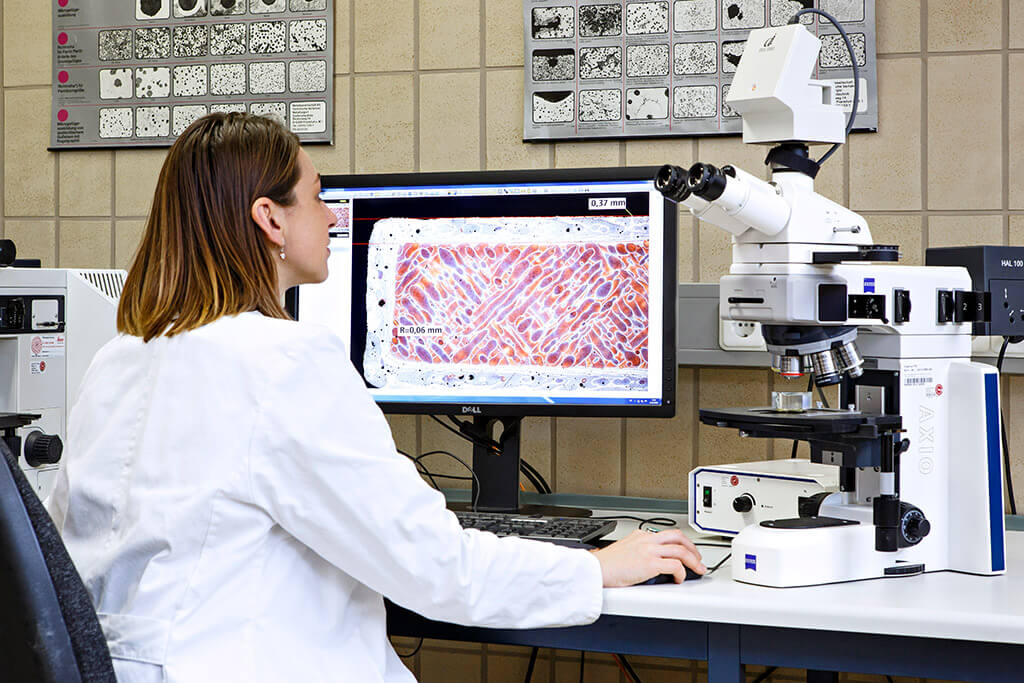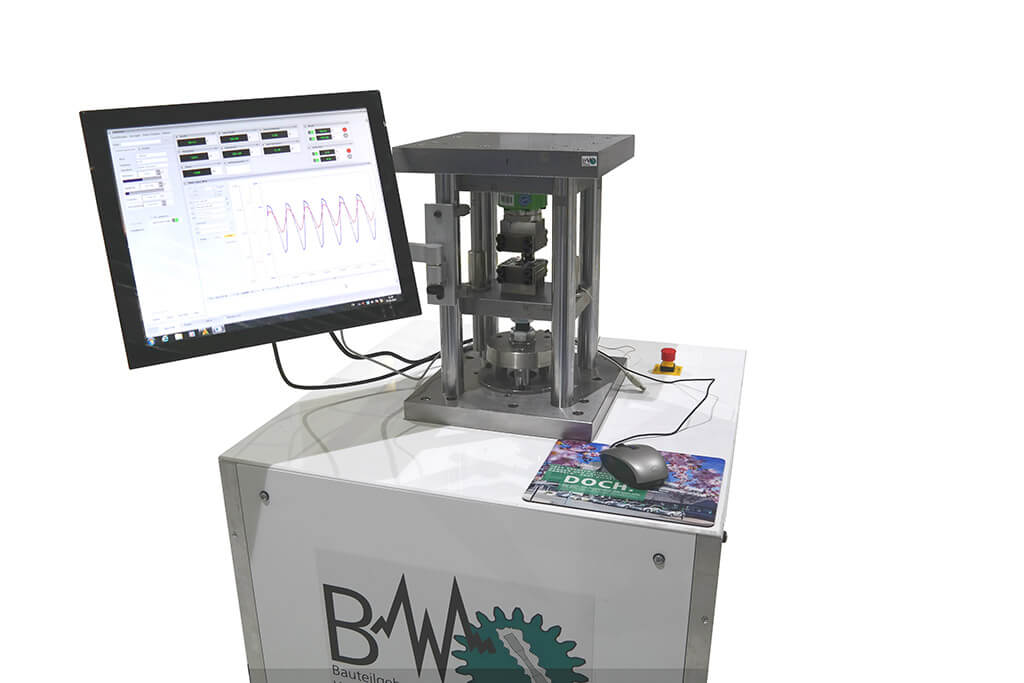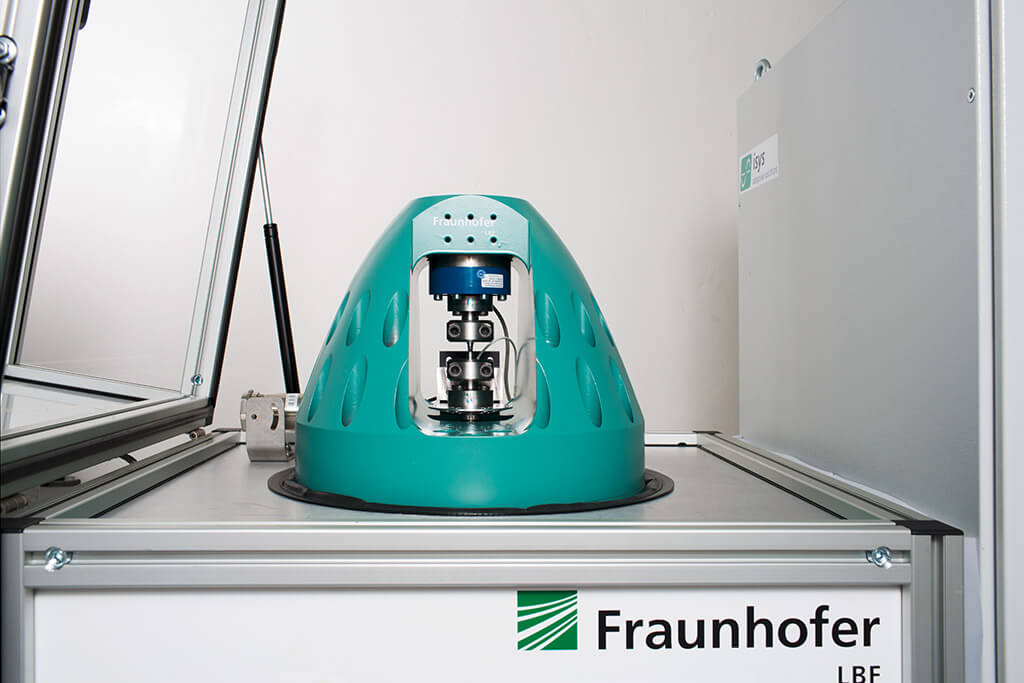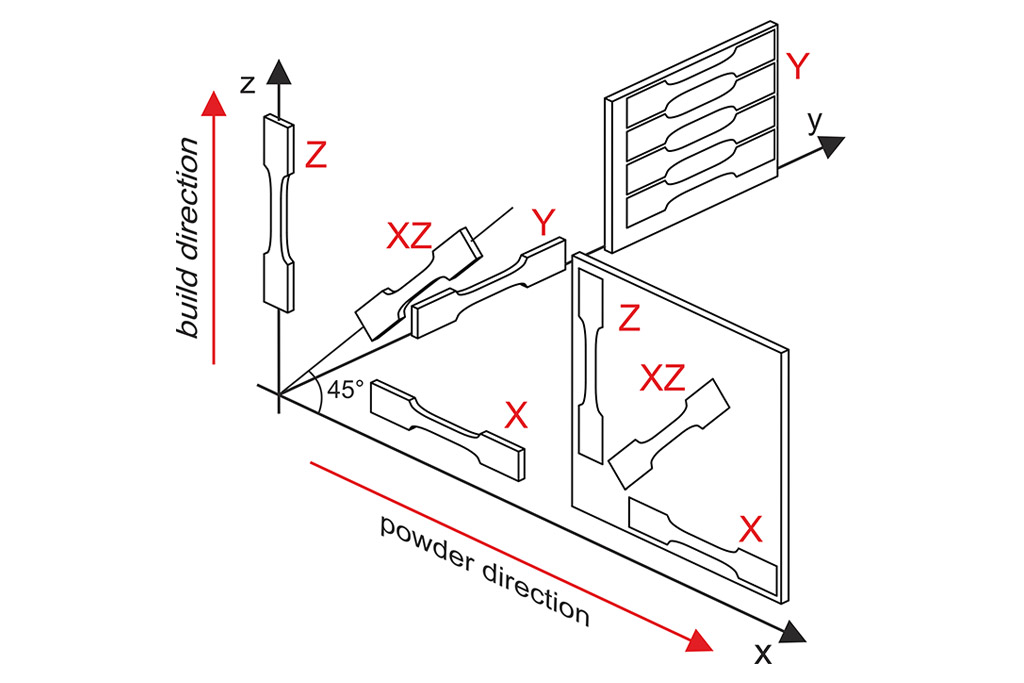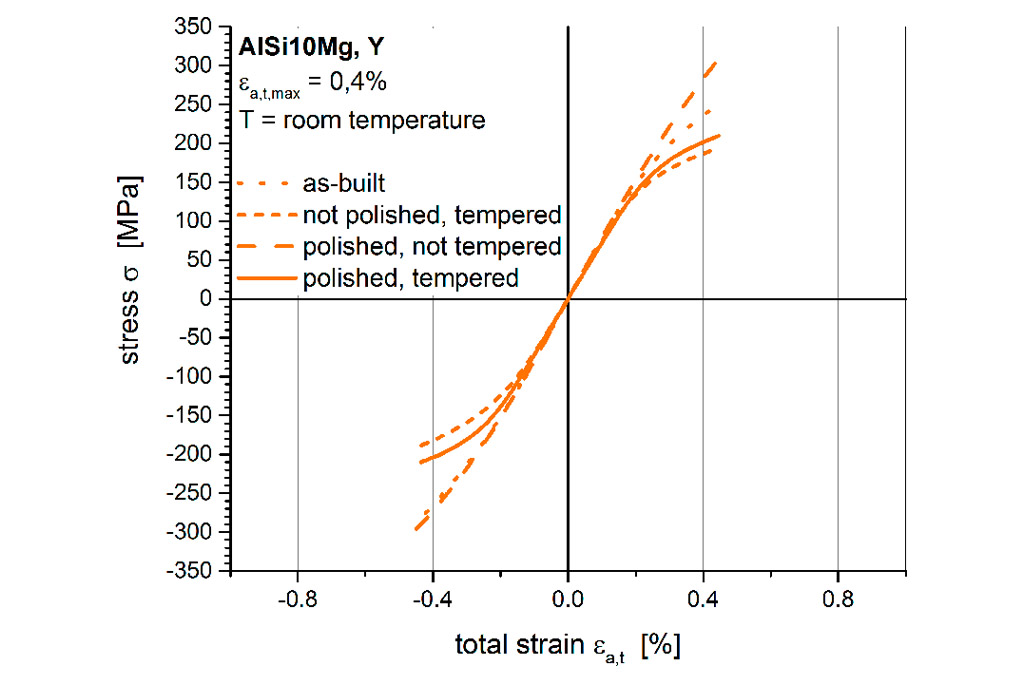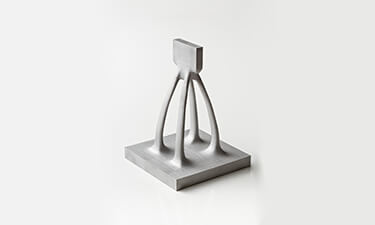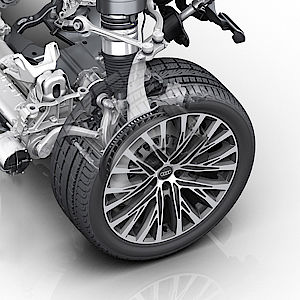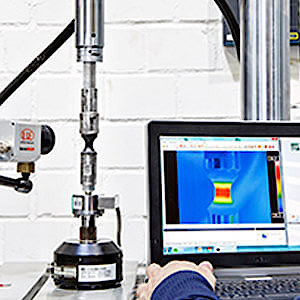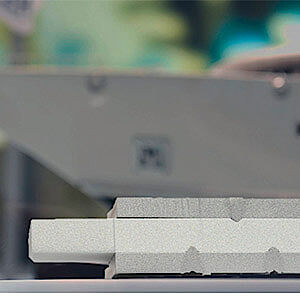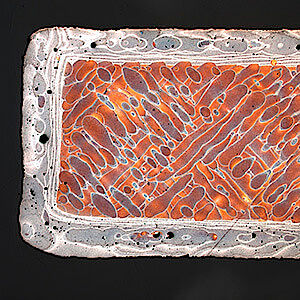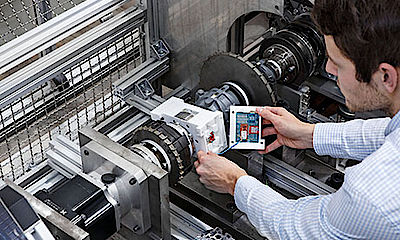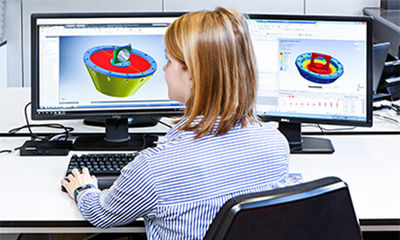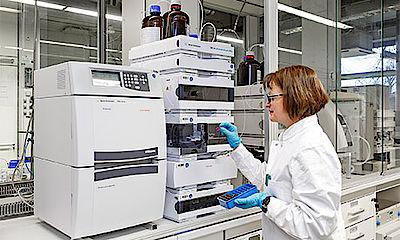Additive manufacturing of metallic materials: The path to applicability in safety-critical components.
Additive manufacturing of metallic materials, process characteristics, fatigue life approaches, metallography

(© Fraunhofer LBF)
Every new manufacturing technology comes along with new challenges. The same applies to additive manufacturing (AM) of metallic materials, which can be used to produce components designed to meet the flux of forces and, hence, for lightweight design. AM-manufactured components must meet high standards in terms of static and cyclic strength, especially in safety-critical applications. Experts at Fraunhofer LBF are exploring the fundamental understanding of the structural behavior of the components and a reliable fatigue design concept for lifetime estimation.
Among other things, the fatigue life of additively manufactured structures is affected by the microstructure, including various defects and in particular the surface. Each of the effects is dependent on the different process parameters. The goal is to understand and assess these effects, so that they can be used in future applications.
In the joint project ”VariKa”, Fraunhofer LBF is responsible for fatigue assessment of the additively manufactured components, which are used in a scalable battery carrier for use in electric vehicles. The entire development process chain in this project, starting from the conceptual design of the battery carrier and updatable production technology with assembly-free joining to the fatigue assessment, is taken into account and optimized to meet the requirements of additive manufacturing. The aluminum material AlSi10Mg is used for this project.
In another joint project, BadgeB, cyclically loaded components made of the nickel-based superalloy Inconel® 718 and the aluminum-magnesium-scandium alloy Scalmalloy® are characterized. Both materials are investigated with regard to powder production, additive manufacturing, and application in the aerospace and automotive industries.
In addition to broad experimental and numerical fatigue investigations at Fraunhofer LBF, further analyses of the setup and fatigue failure of AM structures are required in order to develop reliable fatigue design concepts and thus to gain an essential understanding of the cyclic structural behavior and the contributing factors on the service life. Current efforts in the projects focus on the metallographic and fractographic analyses of AM structures produced by selective laser melting, also known as Laser Powder Bed Fusion (LPBF). The variations between target and actual geometry and the different microstructures due to varied process parameters are recorded and their effects on fatigue strength are correlated.
Improved parameters for the manufacturing process can be worked out simultaneously with the project partners. These can be used to adapt the production to the requirements of cyclic highly-loaded additive-manufactured components, so that the load capacity is maximized and extreme lightweight construction can be achieved.
With the help of experimentally established, direction-dependent structural behavior and cyclic parameters, scientists at Fraunhofer LBF derive models, which can be used to simulate the structural behavior in finite element analyses and to determine the loads for any components. Using strain-based concepts, the fatigue life of these new components can ultimately be estimated.
VariKa
EDAG Engineering GmbH, Opel Automobile GmbH FFT Produktionssysteme GmbH,
FKM Sintertechnik GmbH
Funded by: Federal Ministry for Economic Affairs and Energy, project sponsor DLR


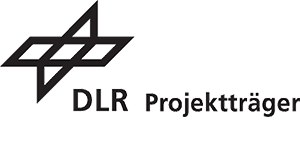
BadgeB
Robert Bosch GmbH, EOS GmbH, EDAG Engineering GmbH, Technische Universität Darmstadt PTW, C.F.K. CNC-Fertigungstechnik Kriftel GmbH, Airbus Defence and Space GmbH, Heraeus Deutschland GmbH & CoKG, SOGETI Deutschland GmbH, Technische Universität Darmstadt MPA/IfW, Linde AG
Funded by: Federal Ministry of Education and Research, project sponsor KIT
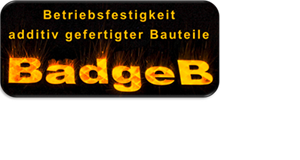
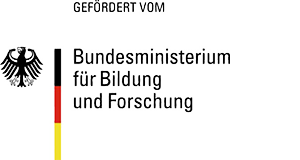
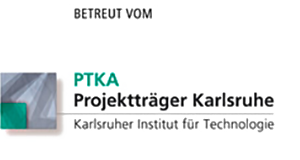
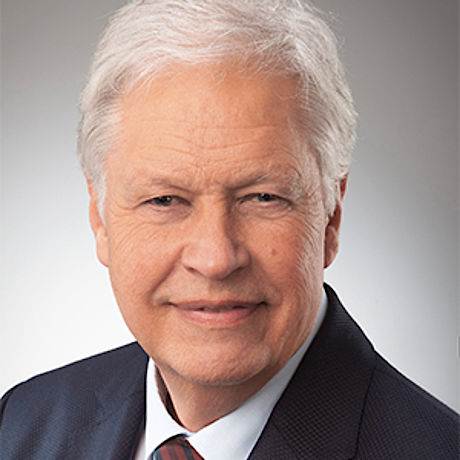
“Fraunhofer LBF decisively helps us to gain an understanding of the effects of process parameters on the structural performance of additively manufactured components and thus raise them to a new level of expertise. The derived knowledge will increase process reliability in the future and thus enable lighter and more reliable additively manufactured components.” Jürgen Blöcher, CEO of FKM Sintertechnik GmbH, Biedenkopf
Contact
- M. Sc. Kai Schnabel
- Phone: +49 6151 705-451
- kai.schnabel@lbf.fraunhofer.de
- Dipl.-Ing. Benjamin Möller
- Phone: +49 6151 705-8443
- benjamin.moeller@lbf.fraunhofer.de
